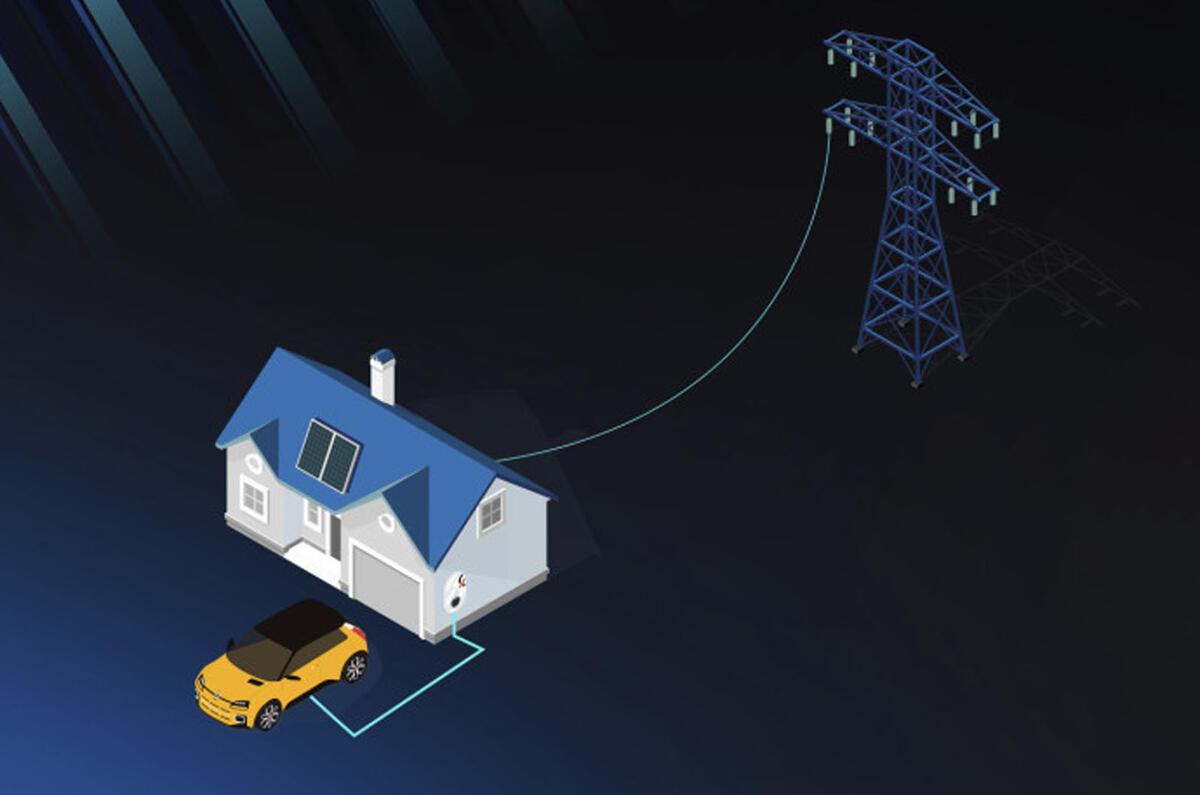The cost of charging an EV at home is about to get a lot cheaper, in theory. Renault is pioneering a service that promises to cut electricity bills in half.
Meanwhile, UK energy provider Octopus is now offering a new tariff with the hook that customers can essentially charge their electric car at home for free.




Add your comment